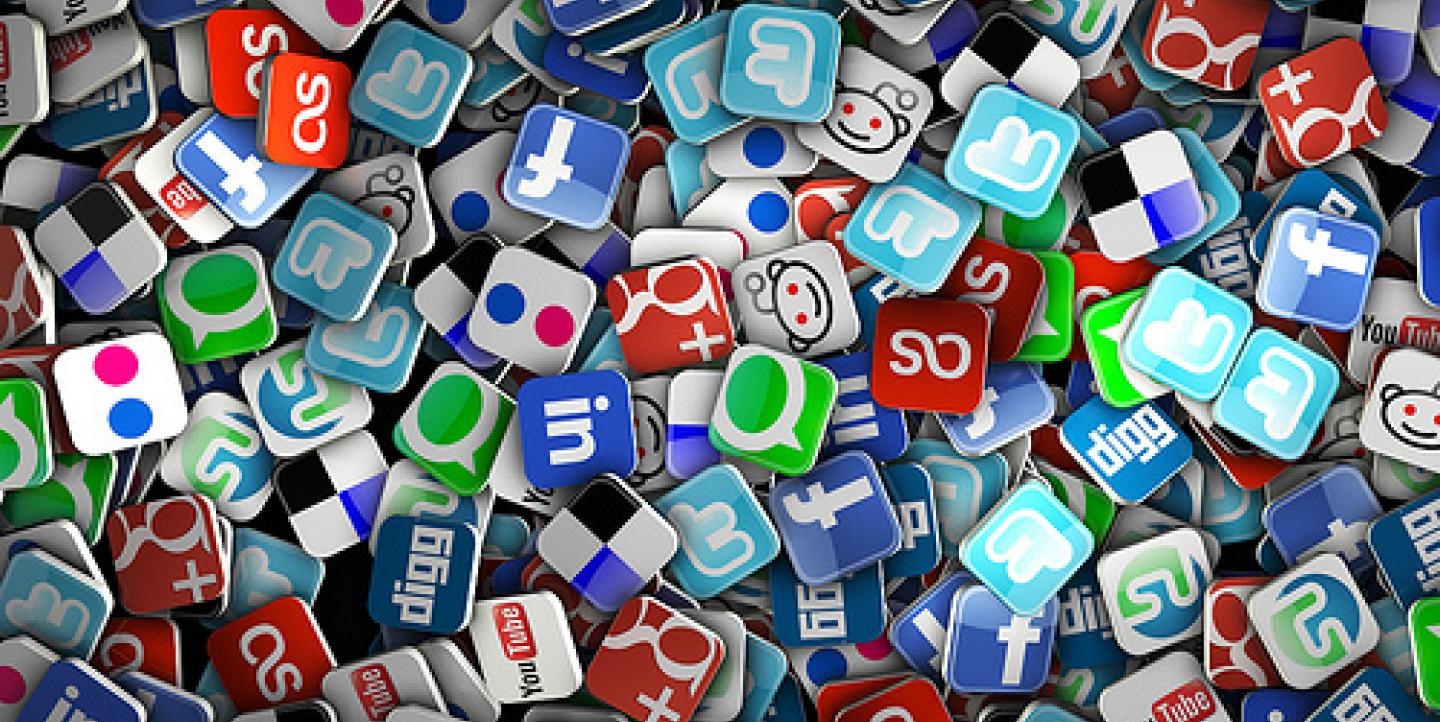Ever since Facebook and Twitter emerged as key tools for news, journalists and newsrooms have performed a high-wire act: They need to use social media to engage their audience in new and inventive ways, while also maintaining ethical standards.
Achieving that balance has been rocky for many reporters, and several have faced serious consequences for speaking their minds in 140 characters or less.
But some practices that were frowned upon in the early days of social media engagement are no longer verboten, according to top social media editors who participated on the panel “Social Media Debate: Best Practices vs. Bad Habits” at the Online News Association’s 2012 conference in San Francisco. Associated Press social media editor Eric Carvin was the moderator.
Here are the social media points of etiquette that have changed the most in recent years:
The decline of "the view from nowhere"
The notion that journalists should only spit out facts and headlines has been replaced by the idea that it's acceptable to have a point of view and show some personality.
“If you asked me two years ago, I would [have] said, 'No, a journalist should not have an opinion on Twitter,' " said Niketa Patel, social media product manager for CNN Money. But now her thinking has changed. "We are humans, too. We do have opinions. I think as long as you're not controversial about it, or you're not overly trying to make a statement, then I think it’s OK...to have somewhat of an opinion," she said.
For Liz Heron, social media director at The Wall Street Journal, journalists are at their best on social media when they offer analysis and context instead of just the straight story.
Deleting tweets is up for debate
Liz Heron used to think you should never delete a tweet. “I actually have changed my philosophy on that,” said Heron, who wishes Twitter had a correction tool so mistakes wouldn't go viral. “If it’s a bad link or a typo, I'll go ahead and delete it and send out a correction.”
Patel and Reuters social media editor Anthony De Rosa still think think the best way to handle a tweet with bad information is to leave it and post a follow-up tweet with a correction.
One thing is still not up for debate: If your tweet sparked some sort of controversy that needs to be clarified, you shouldn't just delete it and try to sweep it under the rug.
Social media policies may not be essential
The New York Times decided not to set a social media policy, since guidelines can become outdated quickly, Heron said. However, at The Wall Street Journal, reporters asked for a set of guidelines.
Patel said she believes newsrooms should focus less on establishing a list of negative rules--and more on best practices and empowering staff to use social media effectively.
Photos create new ethical issues
Visual storytelling is "the language of the social web these days," Heron said. The ubiquity of crowdsourced images is a boon for storytelling, but presents new problems for social media editors who have to decide when and how to use images.
Want to use a photo you found on social media? The panel suggested these steps: Reach out to the person who posted it, verify the info they posted, make sure the photo is real, ask for permission to use it and properly attribute it. News organizations should come up with a standard process for use of user-generated images and vet their system with a lawyer, Patel said.
What's next for social media and news?
The intersection of video and social media might be a big topic a year from now, De Rosa believes. Patel foresees a rebirth of audio storytelling, while Heron singled out Reddit as a platform to keep an eye on. (That's the one President Barack Obama used for an “Ask Me Anything” session--and almost broke in the process.)
You can read more about the panel here and listen to audio of it here.
Photo CC-licensed, courtesy of Kexino in Flickr.

